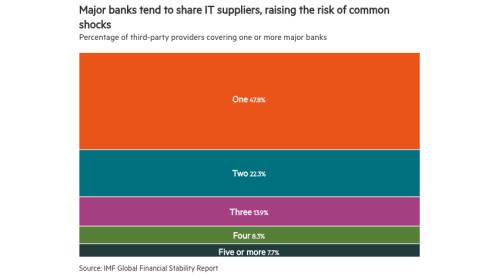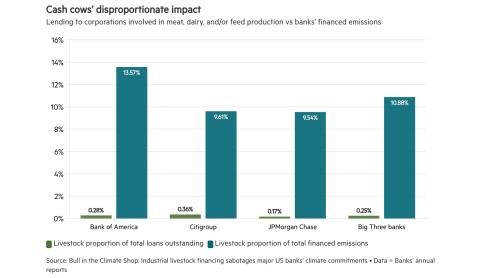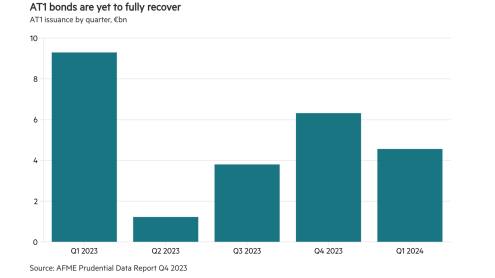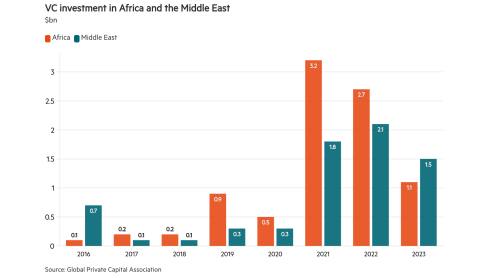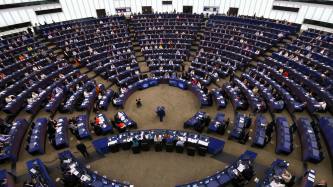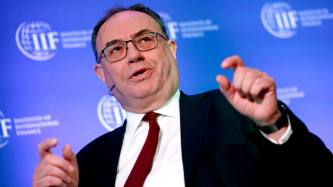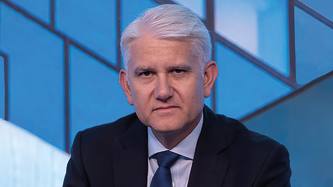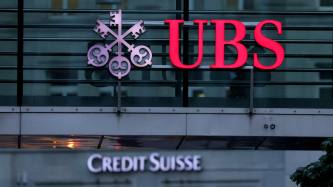The Norwegian economy has weathered the Covid-19 pandemic comparatively well. Gross domestic product returned to its June 2019 level and grew by about 1.5% in the second quarter of this year, according to Capital Economics.
The rise in the price of oil this year, which was trading at above $70 per barrel on August 13, has supported growth in the oil-rich country.
As a result, Norges Bank is expected to leave interest rates on hold (at zero) at its meeting on August 19, before raising them in September.
“We expect the central bank to start with a 25 basis point hike in September and to raise rates further than investors expect next year,” wrote David Oxley, senior Europe economist at Capital Economics in a report on August 12.
The country’s robust economic backdrop is reflected in the performance of its leading banks. Norway’s four largest banks held steady amounts of Tier 1 capital between 2016 and 2020, according to The Banker Database. Norway’s biggest bank, DNB, which is partly state-owned, is considerably larger in size than its nearest rivals, with Tier 1 capital of $22.82bn as of the end of 2020.
Trends identified using The Banker Database, an online database providing comprehensive financial data and insight for 4,000 of the world's leading banks in 190 countries. Contact us.



